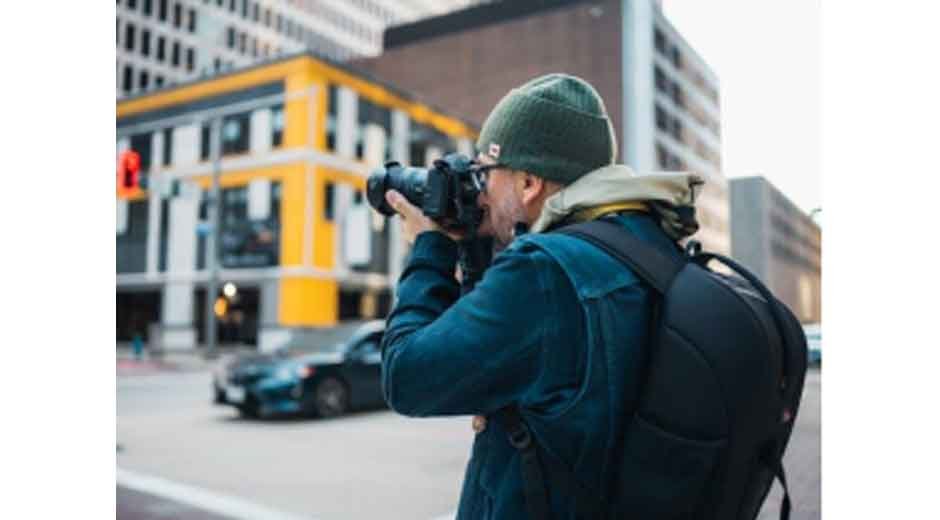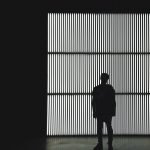Getting started with photography can be both exciting and overwhelming. You might have a camera, a strong creative spark, and countless ideas, but not know where to begin. Maybe you’ve tried watching random tutorials online, only to end up confused by conflicting advice.
You might even question whether you can actually learn something as hands-on as photography through a computer screen. The truth is, with the right approach, an online photography course can be one of the most effective ways to sharpen your skills and grow as a photographer.
Understand the Structure of Your Online Photography Course
Before diving into assignments and lessons, it’s essential to understand how your online photography course is organized. Many courses are structured into modules or sections that progress from basic concepts like camera settings and composition to more advanced topics such as lighting and editing. Spend some time reviewing the syllabus, lesson schedule, and requirements before starting. This will help you pace yourself and know what to expect.
If your course includes video lessons, downloadable materials, or community discussions, make use of them all. Videos can demonstrate visual techniques more clearly, while written guides allow you to take notes and revisit key ideas. Discussion forums or group chats are great for sharing your work and getting feedback.
Create a Dedicated Learning Environment
When learning from home, distractions are your biggest challenge. To get the most out of your photography lessons, set up a quiet and comfortable space where you can focus. Keep your camera, notebook, and any course materials nearby so you can quickly practice what you learn.
You don’t need an expensive setup, a simple desk near good lighting is enough. What matters most is consistency. Try to attend lessons at the same time each day or week, just as you would in a traditional class. The routine helps build discipline and keeps your learning momentum strong.
Practice Consistently with Real-World Projects
Photography is best learned by doing. Every concept you study, from shutter speed to framing, should be followed by practice. Start small by recreating examples from the course, such as portraits or still-life shots. Once you feel more confident, move to personal projects like capturing city streets, nature, or family moments.
Set mini goals for yourself, such as improving focus sharpness or experimenting with light angles. When you apply what you’ve learned immediately, the techniques stick better. Keep all your photos, even the imperfect ones—they help track your progress over time.
Engage with Instructors and Fellow Students
One of the biggest mistakes online learners make is trying to do everything alone. If your course includes instructor feedback or group discussions, take advantage of them. Ask questions whenever you’re unsure about something and share your work for critique.
Interacting with others exposes you to new perspectives and helps you learn from their experiences. It also builds a sense of accountability, which motivates you to stay active in the course. Remember, photography is a creative field, and collaboration often sparks inspiration.
Review, Reflect, and Keep Improving
After each section of your course, take time to review what you’ve learned. Revisit earlier lessons and see how your understanding has grown. Reflect on what techniques you’ve mastered and where you still struggle.
You can even create a portfolio of your favorite images to measure your progress. Over time, you’ll start noticing how your style, confidence, and technical skills evolve. Continuous learning and honest self-assessment will ensure that your efforts in an online course lead to real improvement behind the lens.






